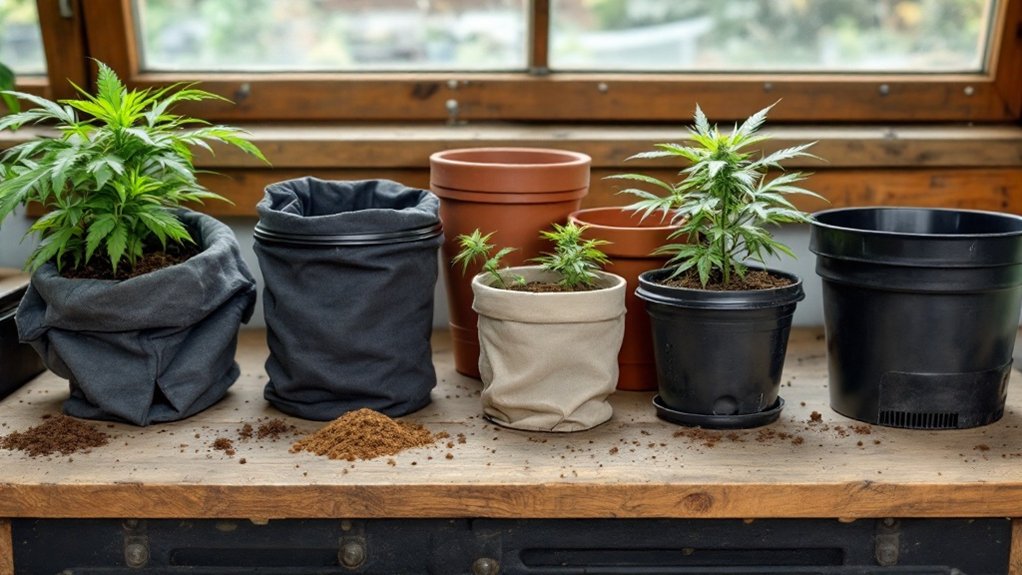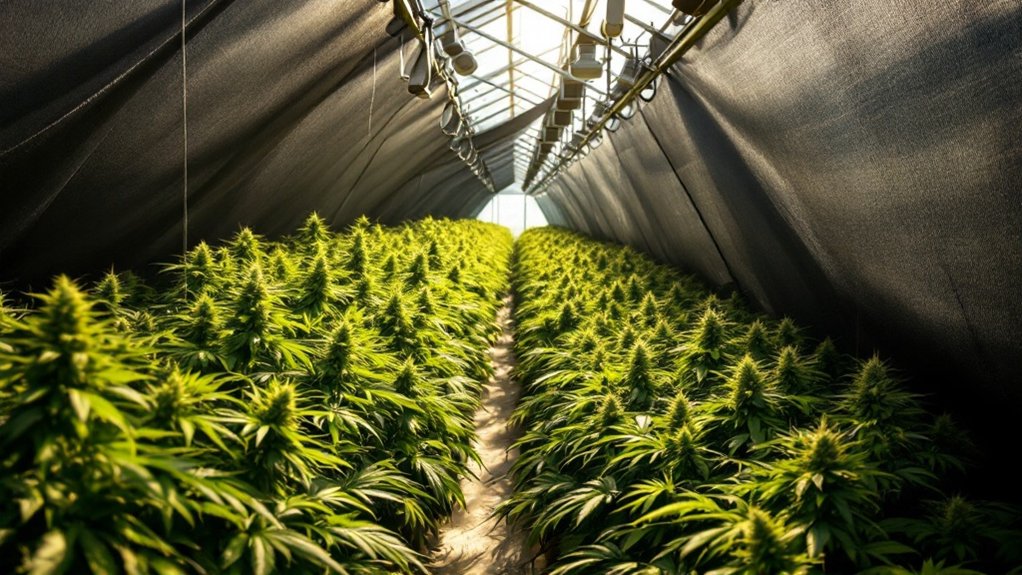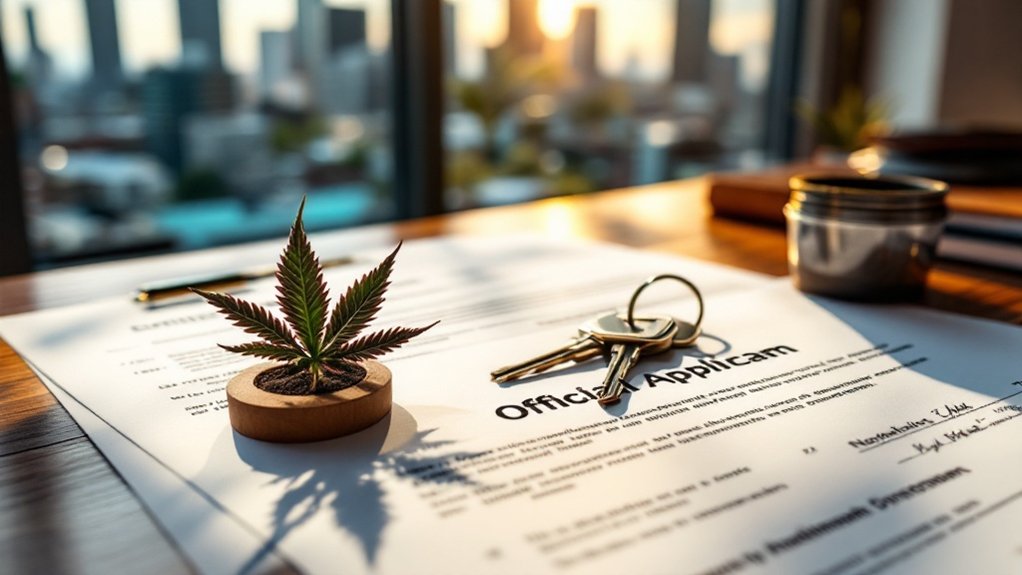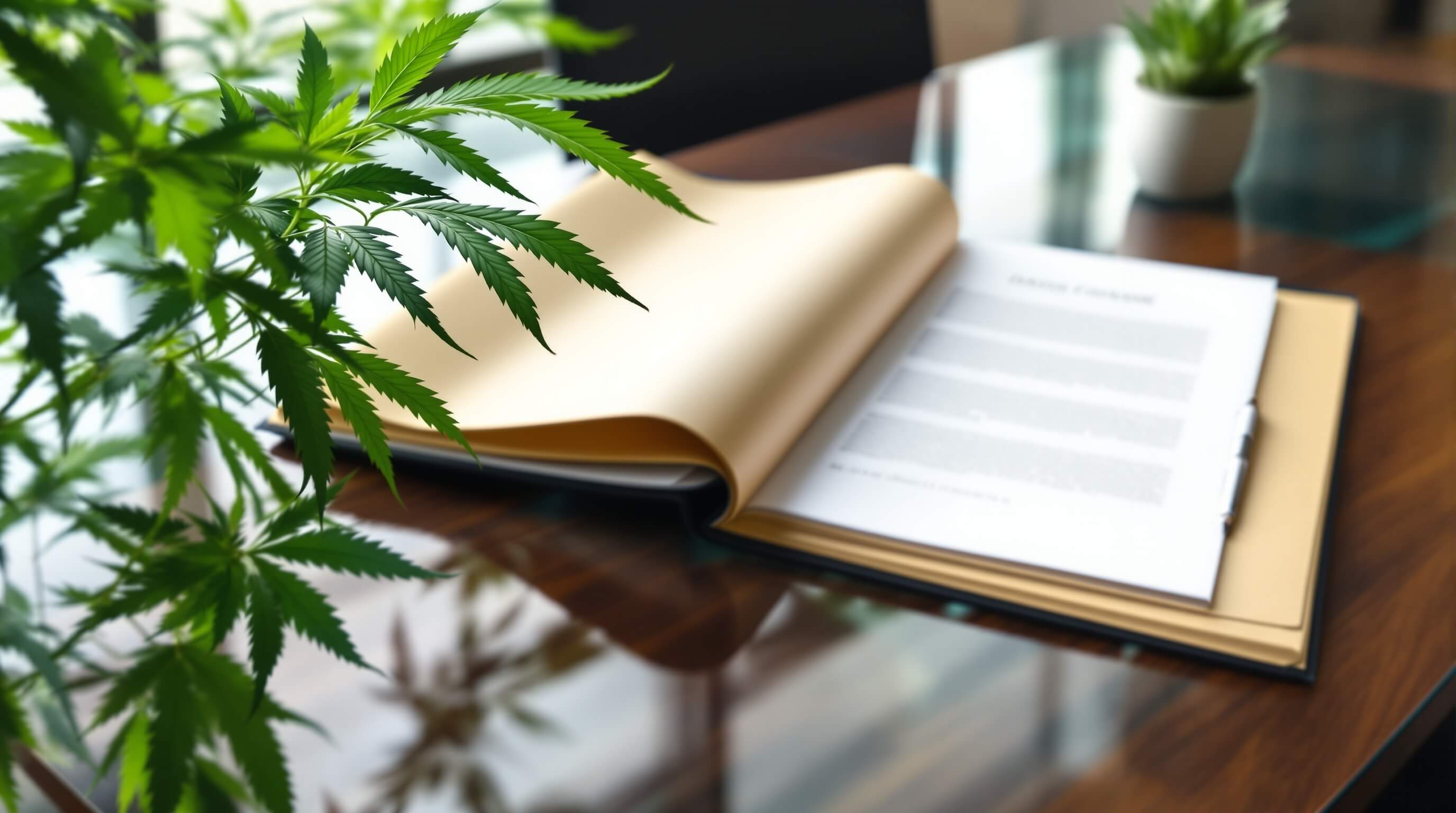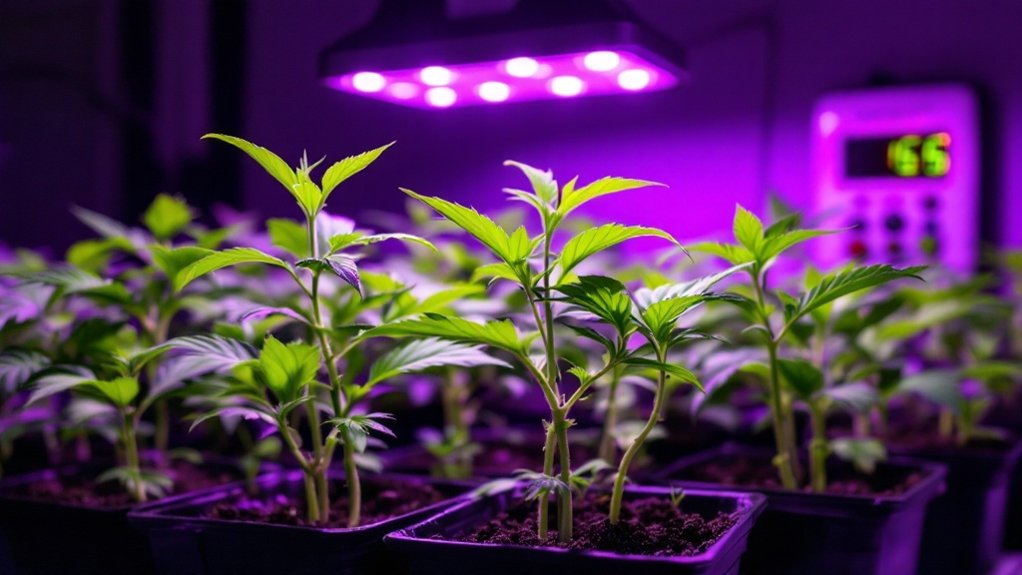The ideal cannabis container depends on growing style and available space. Fabric pots promote air pruning and healthier root systems, while plastic pots offer cost-effectiveness and water retention. Terracotta provides natural breathability but adds weight. Container size should follow the guideline of one gallon per foot of expected plant height plus one gallon extra. Proper drainage remains essential across all container types to prevent root rot. The right container choice can greatly impact final yields and plant vigor.
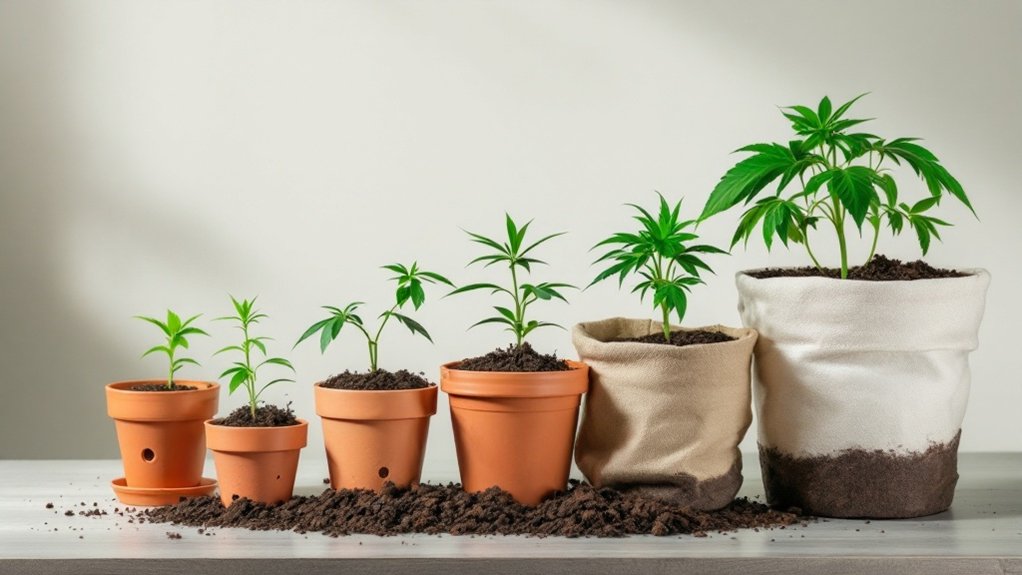
Choosing the right container for cannabis cultivation represents one of the most critical decisions a grower must make, as the pot directly influences root development, nutrient uptake, and ultimately plant yield. Cannabis growers have several container options, each with distinct advantages.
Terracotta pots offer excellent breathability and natural moisture regulation, though their weight can be cumbersome in larger sizes. These porous containers prevent water-logging while providing a natural aesthetic to your growing area. Plastic pots remain the most cost-effective and widely available option, particularly in square configurations that maximize grow space efficiency by allowing more plants in limited areas.
For enhanced oxygenation to the root zone, fabric pots (sometimes called smart pots) have gained popularity among cannabis cultivators. These breathable containers promote faster growth through improved oxygen delivery to roots, though they typically dry out more rapidly than hard-sided alternatives. Frequent watering is necessary with fabric pots as they allow faster soil drying due to increased air exposure.
The RQS Fabric Pot with Aqua-Breathe Layer represents an evolution in this category, offering superior aeration while maintaining better moisture retention. Air Pots take the aeration concept even further with their unique design that maximizes oxygen exposure to encourage robust root development.
Container size selection depends largely on the plant’s growth stage and expected final height. Seedlings and young plants in early vegetative phases require only 0.5–7.5L pots, while plants in mid-vegetative to flowering stages need 11–25L containers or larger.
A general guideline suggests 1 gallon of pot size for every foot of vertical growth, plus an additional gallon. This means 36-inch plants typically thrive in 6-8 gallon containers, while 60-inch specimens require 12+ gallon vessels.
Proper drainage features remain essential regardless of container type. Multiple drainage holes, including some rising up the sides, prevent overwatering and subsequent root rot. Net-pot style internal cones further enhance aeration to the root zone.
Many growers implement transplanting strategies, starting with smaller containers like solo cups before moving to larger vessels as plants mature. This approach prevents overwatering seedlings while encouraging fuller root development.
When selecting containers, consideration of growing technique is paramount. Sea-of-green methods benefit from many plants in modest-sized containers, while fewer plants in larger containers can produce higher per-plant yields.
Ultimately, container selection should align with available grow space, cultivation goals, and watering schedule capabilities to optimize cannabis growth and production.
Frequently Asked Questions
Can I Reuse Pots From Previous Cannabis Grows?
Growers can reuse pots from previous cannabis grows if properly sanitized.
Thorough cleaning removes disease pathogens, pest eggs, and mineral buildup that could harm new plants. The process involves removing old root material, washing with a diluted bleach solution (1:10 ratio) or hydrogen peroxide (3%), and allowing pots to dry completely.
This practice reduces waste and cultivation costs while minimizing environmental impact; however, inadequate sterilization risks introducing problems to subsequent crops.
How Do Fabric Pots Affect Watering Frequency?
Fabric pots increase watering frequency requirements due to their porous construction, which permits significant airflow and drainage.
The breathable material allows oxygen to reach the roots while accelerating moisture evaporation from all sides of the container.
Environmental factors like temperature, humidity, and air movement further influence how quickly these pots dry out.
Additionally, pot size matters—smaller fabric containers require more frequent watering than larger ones, while plant development stage dictates overall water consumption as root systems expand.
Are Certain Pot Colors Better for Cannabis Root Development?
Pot color primarily impacts root development through temperature regulation.
White or reflective pots maintain cooler root zones by reflecting light, while black pots absorb heat that can raise root temperatures beyond the ideal 64-75°F (18-24°C) range for cannabis.
In hot environments, light-colored containers prevent root stress from overheating; conversely, dark pots may benefit cold-climate grows.
Container design features like porosity and drainage typically have greater influence on root health than color alone.
When Should I Transplant Cannabis Seedlings to Larger Containers?
Cannabis seedlings should be transplanted when they develop 4-5 sets of true leaves or when their leaf spread covers the container’s circumference.
Root development provides essential indicators; transplanting is necessary when white roots emerge from drainage holes.
The best window occurs during the vegetative stage, typically 2-4 weeks after germination.
Small starter pots generally require transplanting after 7-10 days, while the final transplant should occur approximately two weeks before the flowering stage begins.
Do Autoflowering Strains Require Different Pot Sizes Than Photoperiod Plants?
Autoflowering strains typically require smaller containers than photoperiod plants due to their shorter lifecycle and compact growth habit.
While photoperiod cannabis benefits from pots of 5 gallons or larger to accommodate extended vegetative growth, autoflowers perform best in 3-5 gallon containers.
Providing excessive pot volume for autoflowers can lead to overwatering issues and inefficient growth, as these plants complete their lifecycle before fully utilizing the extra root space.
Container selection should align with the plant’s genetic potential and growing environment.
